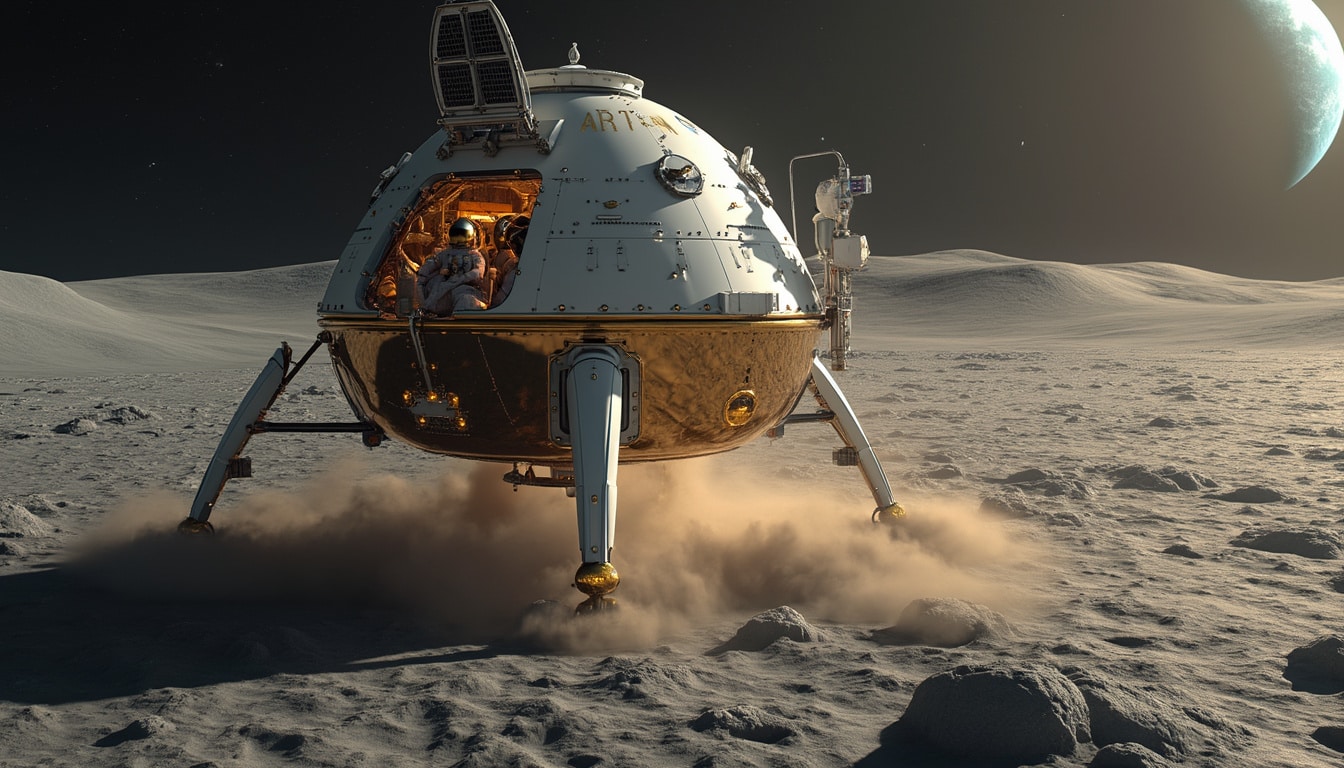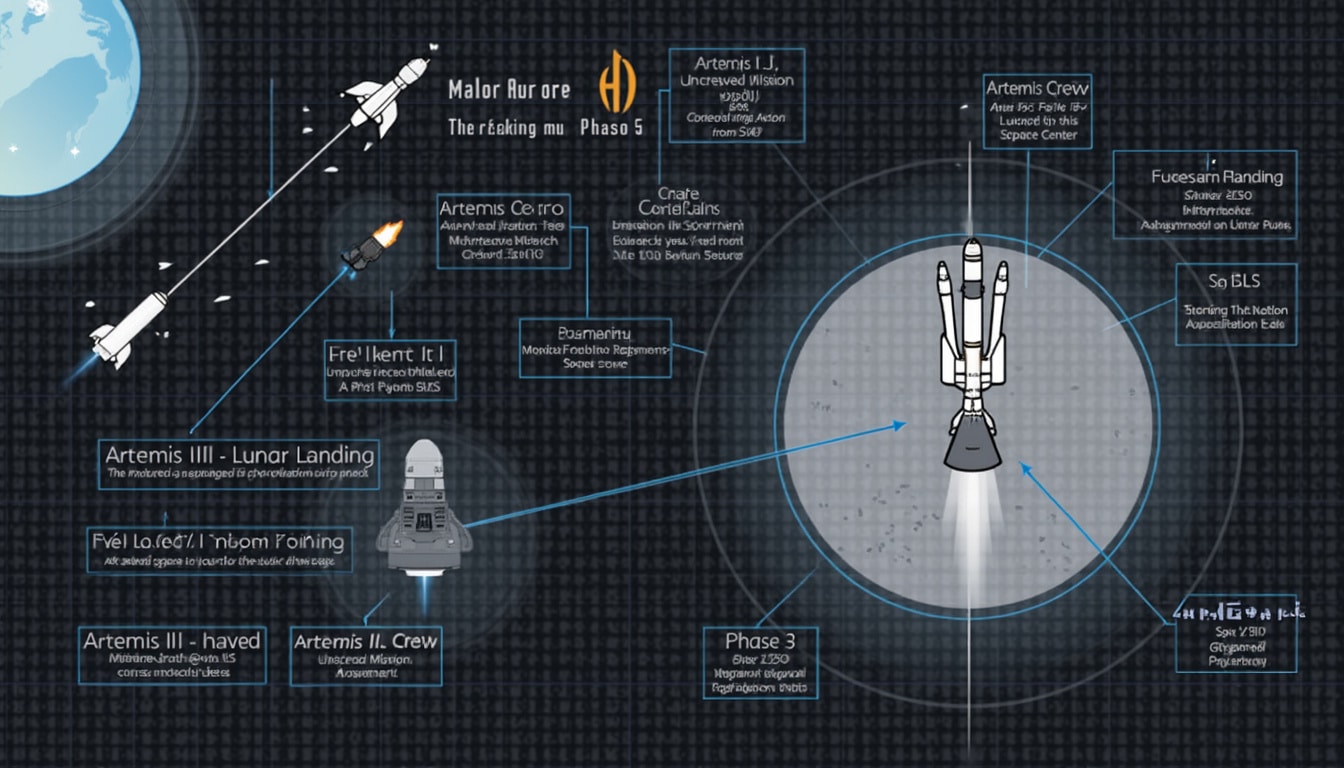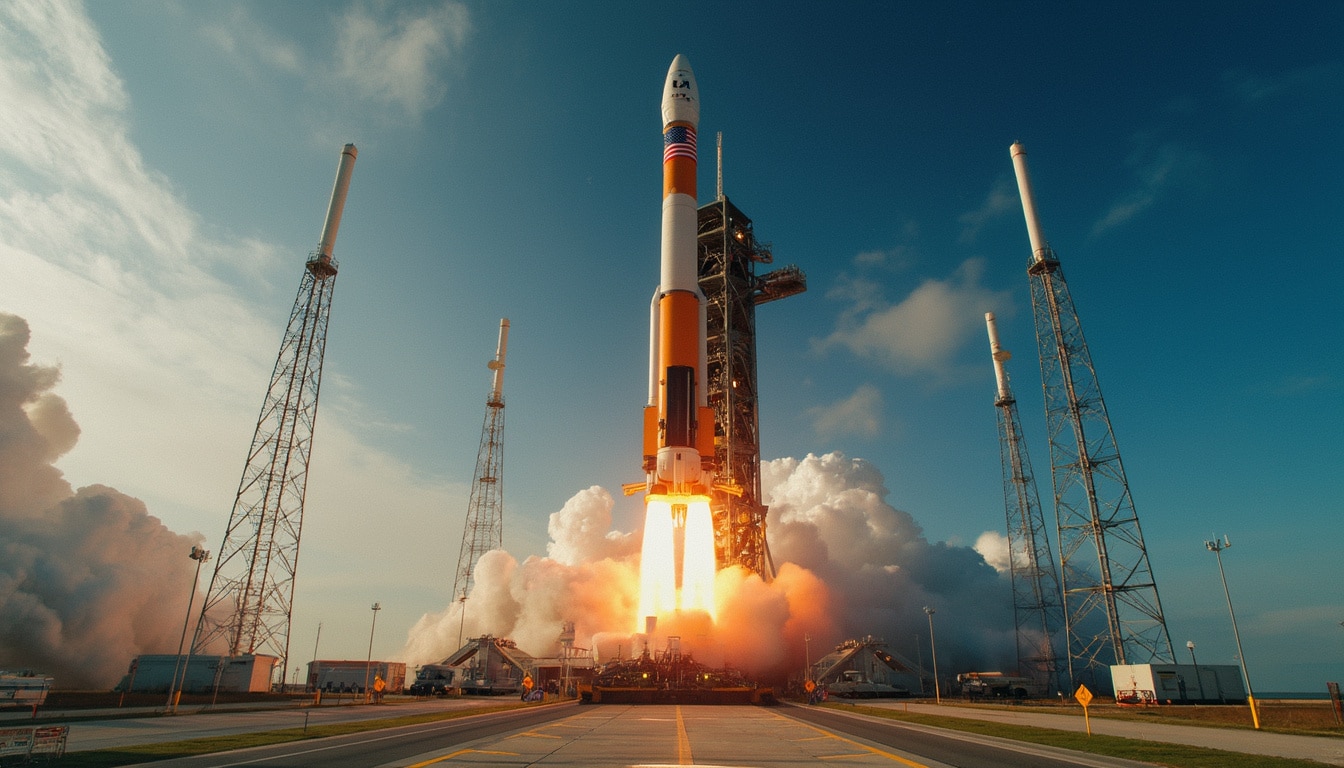The Artemis program, heralded as a major leap forward for human space exploration, wrestles with numerous complexities as it approaches significant milestones. This ambitious initiative aims not just to return humans to the Moon, but to pave the way for future manned missions to Mars. However, the latest assessment from the Aerospace Safety Advisory Panel (ASAP) raises serious concerns about the safety and feasibility of these missions. This in-depth report identifies multiple risk factors that could jeopardize the Artemis 3 mission and its objectives. As the quest for deep space exploration intensifies, understanding these risks becomes crucial for NASA and the global community.
Understanding the Artemis Program
The Artemis program is not merely a return to the Moon; it symbolizes a new era of human space exploration. NASA aims to utilize lunar resources to support future journeys to Mars, leveraging the Moon as a testing ground for technologies and systems that will be vital for interplanetary travel. This program encompasses multiple missions leading up to the ultimate goal of a sustainable lunar presence, from Artemis I’s uncrewed flight to Artemis III, which targets a crewed landing on the Moon. Yet, the complexity and interconnectedness of these missions present substantial safety concerns, as highlighted in the recent ASAP report.

The Role of the Aerospace Safety Advisory Panel
Established in 1968, the Aerospace Safety Advisory Panel (ASAP) plays a pivotal role in analyzing and promoting safety within NASA’s projects. This team of experts, including former astronauts and engineers, scrutinizes ongoing missions and offers recommendations to mitigate risks. The panel’s latest report casts a spotlight on the multifaceted risks associated with the Artemis program, particularly the impending Artemis 3 mission. Their insights are aimed at guiding NASA toward improved strategies for risk management, ensuring both crew safety and mission success.
Key Risks Identified in Artemis 3
The ASAP report outlines numerous key risks linked to the Artemis 3 mission. These risks span technical, budgetary, and logistical challenges that collectively pose significant hurdles. Major concerns include the development and integration of new technologies, the performance of the artistic systems involved, and the inherent uncertainties in managing a diverse portfolio of ambitious objectives. With the Artemis 3 mission scheduled for mid-2027, the urgency to address these factors is paramount.
Technical Challenges
One of the most pressing issues revolves around the integration of new technologies necessary for the Artemis missions. The ASAP report highlights concerns related to the Orion spacecraft, particularly its heat shield performance during reentry, which has shown signs of degradation. The challenges faced during the Artemis 1 test flight revealed potential failures in material performance, raising alarms about the vehicle’s capabilities under extreme conditions. Furthermore, with the Artemis 3 mission set to be the first crewed lunar landing since Apollo 17, the technical readiness level remains uncertain.
Budget Constraints and Uncertainty
Budget uncertainties remain a critical factor impacting the Artemis mission. The ASAP has underscored that persistent delays in congressional appropriations inhibit NASA’s ability to plan effectively. With funds spread thin across multiple high-stakes projects, the potential for engineering compromises increases, which can lead to jeopardizing crew safety and mission success. It is essential for NASA to communicate with Congress and stakeholders to secure the funding necessary for safe operations and technological advancements.

Strategic Risk Mitigation Approaches
In light of these risks, strategic approaches to risk mitigation are crucial. ASAP’s report advocates for a reassessment of the mission’s objectives, particularly in reducing the number of unprecedented milestones scheduled for Artemis 3. The proposed adjustments aim to concentrate efforts on the most essential operations to enhance safety and reliability. Additionally, a more incremental approach, focusing on critical milestones one at a time, may lessen the pressure on engineering teams and improve overall project management.
Enhancing Safety Culture
Integrating a strong safety culture within NASA’s operations remains essential as highlighted by the ASAP report. Lessons learned from past tragedies continue to shape protocols and procedural rigor. NASA’s commitment to safety is imperative and must be a guiding principle in every aspect of mission planning and execution. Ensuring that all personnel, from engineers to astronauts, prioritize safety above all else will be vital in the complex environment of lunar missions.
Current Status and Future Outlook
As of now, significant hurdles still lie ahead for the Artemis program. With the ambitious timeline of Artemis 3 nearing, it becomes increasingly clear that decisive action is necessary. The ASAP will continue monitoring progress and providing recommendations, drawing from the depth of experience embodied in its members. Collaboration between NASA, external stakeholders, and the broader scientific community is more critical than ever for fostering an environment that prioritizes safety and technological integrity.

Community and Innovation
NASA recognizes the importance of public engagement in shaping the future of space exploration. Continuous efforts to involve the global community not only boost public support but also inspire innovations that fuel technological advancements. By engaging with educators, enthusiasts, and innovators, NASA can tap into a wider array of insights and solutions beneficial for the Artemis missions and beyond.
Concluding Thoughts
The journey of the Artemis program is a complex tapestry woven of excitement, challenges, and opportunities. As the prospect of humanity returning to the Moon beckons, it is vital to remain vigilant and proactive in addressing the risks outlined by the ASAP. Continued vigilance and adaptive strategies will be key to ensuring that NASA meets its ambitious goals for lunar exploration and lays the foundation for future generations venturing to Mars and beyond.




Leave a Reply